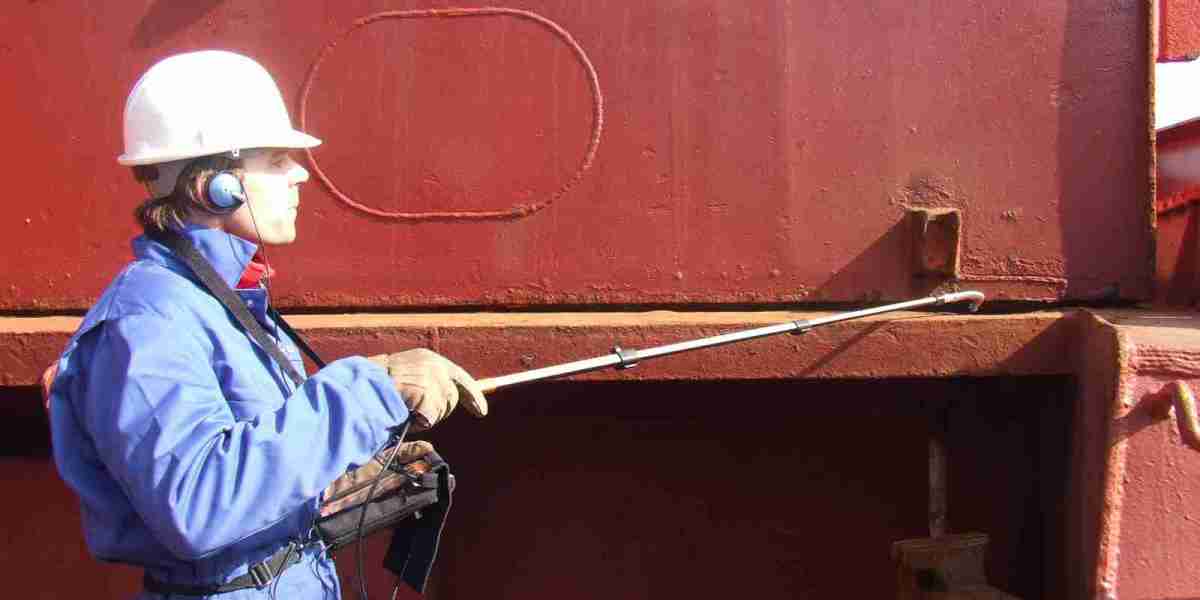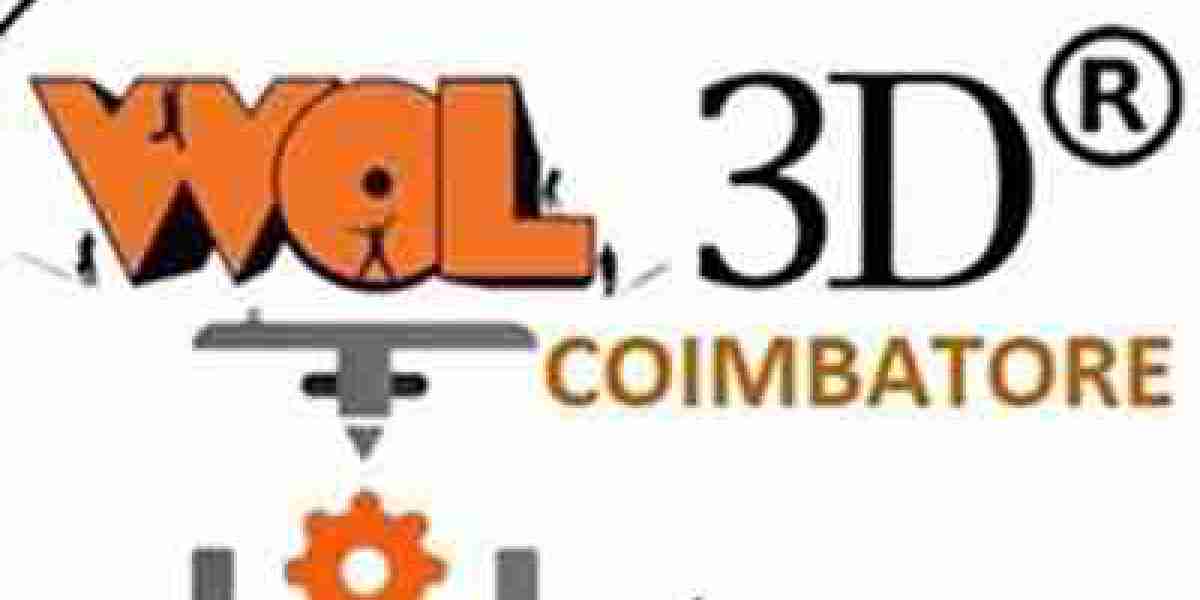The maritime industry is vital to global trade, transporting essential goods across vast oceans. However, the integrity of a vessel’s cargo holds is paramount to ensuring safe and efficient operations. A critical element in this equation is the hatch cover, which serves as a barrier against water ingress. To maintain cargo safety and protect against environmental hazards, ultrasonic hatch cover tightness testing has become an invaluable tool, spearheaded by innovative companies like Cygnus Instruments.
The Role of Hatch Covers in Maritime Operations
Hatch covers are designed to prevent water from entering cargo holds during transit. Their effectiveness is crucial for preserving the integrity of the cargo, particularly in challenging maritime conditions. A failure in hatch cover integrity can result in significant consequences, including damage to goods, increased insurance premiums, and legal liabilities associated with environmental harm.
Consequences of Hatch Cover Failures
The repercussions of ineffective hatch covers extend beyond immediate cargo loss. Water ingress can lead to spoilage, structural damage to the vessel, and substantial financial losses. Moreover, the environmental implications can be severe, particularly if the cargo includes hazardous materials. In today's regulatory environment, non-compliance with safety standards can lead to heavy fines and reputational damage. Therefore, regular and thorough testing of hatch covers is essential for risk mitigation in maritime operations.
Traditional Testing Methods: A Review
Historically, the assessment of hatch cover tightness relied on visual inspections and pressure testing. While these methods have been used for years, they have several limitations:
Visual Inspections: Although useful, visual checks can miss subtle signs of wear or hidden defects. This can create a false sense of security about hatch cover integrity.
Pressure Testing: While it can provide insights into potential leaks, this method does not always replicate the actual operating conditions of a vessel, often leading to incomplete assessments.
The inefficiencies associated with these traditional methods have driven the need for more advanced solutions that provide comprehensive assessments of hatch cover performance.
Ultrasonic Testing: The Innovative Solution
Ultrasonic hatch cover tightness testing is a non-destructive method that employs high-frequency sound waves to detect leaks and assess hatch cover integrity. The process involves the following steps:
Preparation: The hatch cover area is cleaned and prepared for testing.
Equipment Setup: A state-of-the-art ultrasonic testing device, like those manufactured by Cygnus Instruments, is set up to emit ultrasonic waves into the air surrounding the hatch cover.
Testing Process: The technician moves the ultrasonic device along the edges of the hatch cover. When the ultrasonic waves encounter any gaps or leaks, they reflect back, alerting the technician to potential issues.
Data Analysis: Results are captured and analysed, providing insights into the location and severity of any leaks. This information is crucial for determining necessary repairs and maintenance actions.
Advantages of Ultrasonic Hatch Cover Tightness Testing
1. High Precision and Accuracy
One of the most significant benefits of ultrasonic testing is its high level of precision. This method can detect even the smallest leaks, ensuring that hatch covers are thoroughly assessed and that no hidden issues go unnoticed.
2. Non-Destructive Testing
Ultrasonic testing is non-destructive, preserving the integrity of the hatch covers. This feature is particularly important in maritime operations, where equipment integrity is critical. Non-invasive assessments help avoid additional repair costs and operational disruptions.
3. Efficiency and Speed
Ultrasonic testing is considerably faster than traditional methods. The entire process can often be completed in a fraction of the time required for visual inspections and pressure tests. This speed allows vessels to minimise downtime and maintain operational schedules, which is vital in the competitive shipping industry.
4. Cost-Effectiveness
While the initial investment in ultrasonic testing equipment may be higher, the long-term savings are substantial. Early detection of leaks prevents extensive damage to cargo and costly repairs, leading to lower overall operational costs.
5. Advanced Data Collection
Ultrasonic testing devices, such as those developed by Cygnus Instruments, come equipped with advanced data analytics capabilities. This allows for comprehensive data collection, enabling operators to track testing results over time and make informed maintenance decisions based on historical trends.
Cygnus Instruments: Leaders in Ultrasonic Testing Technology
Cygnus Instruments has established itself as a leader in the field of ultrasonic testing technology, providing innovative solutions for the maritime industry. Their hatch cover tightness testing equipment is designed for ease of use and accuracy, ensuring that operators can conduct effective assessments with minimal training.
Innovative Features
The ultrasonic devices produced by Cygnus Instruments incorporate cutting-edge technology that enhances both sensitivity and reliability. With real-time data analysis capabilities, operators can quickly identify potential issues, facilitating immediate corrective actions.
Training and Support
In addition to high-quality equipment, Cygnus Instruments offers comprehensive training and support to its clients. This commitment ensures that operators are well-equipped to utilise ultrasonic testing technology effectively, thereby maximising its benefits and contributing to safer maritime operations.
Conclusion: Commitment to Safety and Sustainability
As the maritime industry faces increasing pressure to improve safety and reduce environmental impact, ultrasonic hatch cover tightness testing has become essential. This advanced testing method enhances the safety and efficiency of vessels while protecting valuable cargo and the marine environment.
By adopting innovative ultrasonic testing solutions from leaders like Cygnus Instruments, maritime operators can ensure that their hatch covers maintain optimal performance and integrity. This shift towards advanced testing technologies reflects a broader commitment to operational excellence, regulatory compliance, and sustainability within the maritime sector.
Key Takeaways
- Regular hatch cover testing is vital for maritime safety.
- Ultrasonic testing provides precise, non-destructive assessments.
- Cygnus Instruments offers innovative solutions and comprehensive support for effective testing.
- Embracing advanced testing technologies is crucial for sustainable maritime practices.
In conclusion, the implementation of ultrasonic hatch cover tightness testing is not just an option but a necessity for modern maritime operations. As the industry continues to evolve, prioritising safety and efficiency through advanced technologies will be key to navigating the challenges of tomorrow. By investing in ultrasonic testing, shipping companies can protect their assets, comply with safety regulations, and contribute to a more sustainable maritime future.













